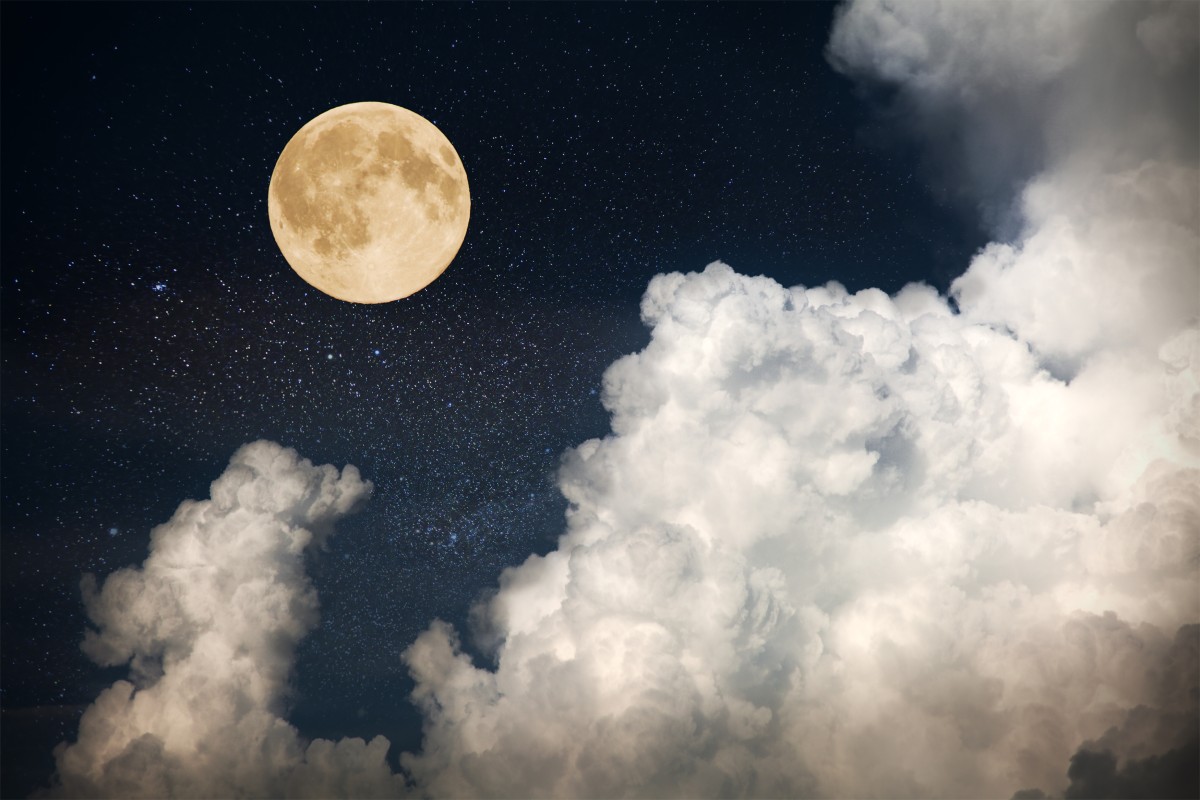
The Moon. The Myth. The Legend. How the lunar celestial body influenced some of Hong Kong’s most iconic locations
- As a full blue moon approaches this Halloween, here are some figures, facts, inspirations and myths brought into being by our heavenly neighbour
- How was Moon Street in Wan Chai named and how is Yuk Yu House in Choi Wan Estate connected to Earth's only natural satellite?

Although people today have far more subjects to draw inspiration from, traces of the lunar connection are still all around us.
Some of the most obvious examples include street and place names. A number of Hong Kong's streets are inspired by the moon. One is Moon Street in Wan Chai - a cul-de-sac set among three adjacent streets named after celestial bodies off Queen's Road East.
The street got its name because it was the former site of a Hongkong Electric power station, which generated electricity mainly for street lighting early last century. When officials wanted to name the three streets, they resorted to using the three main light sources - the sun, moon and the stars - to add them to the map.
A few other places with connotations to the moon are scattered across the city. Mei Foo's Yuet Lun Street refers to a full moon; Kwun Tong's Yuet Wah Street refers to moonlight and Ngau Tau Kok's Ngan Yuet Lane is named in honour of a silver moon.
A beach on Kiu Tsui island off Sai Kung is called Half Moon Bay for its crescent-shaped coast. The beach is noted for its clean water, fine sand and scenery.
Yuk Yu House in Choi Wan Estate, Kowloon, uses an ancient Chinese euphemism for the moon in its name: according to legend, there is a palace on the moon built from white jade for the gods. The other blocks of the 30-year-old Choi Hung estate are named after natural phenomena or auspicious creatures in Chinese legends.
The moon continues to be a powerful source of inspiration for artists. One example is the Canto-pop hit The Moon Says by Ivana Wong Yuen-chi. The singer-songwriter says her idea for the song came when reflections of the moon in the water in England's Lake District brought up thoughts about separation from family members and lovers.
A modern Chinese proverb inspired by the moon gained so much popularity it has become the only phrase to use when comparing life at home and abroad. Its rise to popularity has some political roots, though. In the 1990s, many Hong Kong people became doubtful about the 1997 handover and moved overseas. The basis of their plan may have been the saying: "The moon seen in a foreign land is rounder than seen at home."
The best sci-fi movies to rewatch for the 50th anniversary of the Moon Landing
Of course, there is no scientific backing behind the saying, but the roundness of the moon is a strong symbol for happiness, family union and harmony in Chinese culture. The rounder the moon they see, the happier life there will be.
It is therefore ironic that when the emigrants arrived overseas they found that the moon was not really "rounder", and many eventually returned to Hong Kong.
So it is that a new version of the saying has emerged: "The moon is always roundest when seen at home."